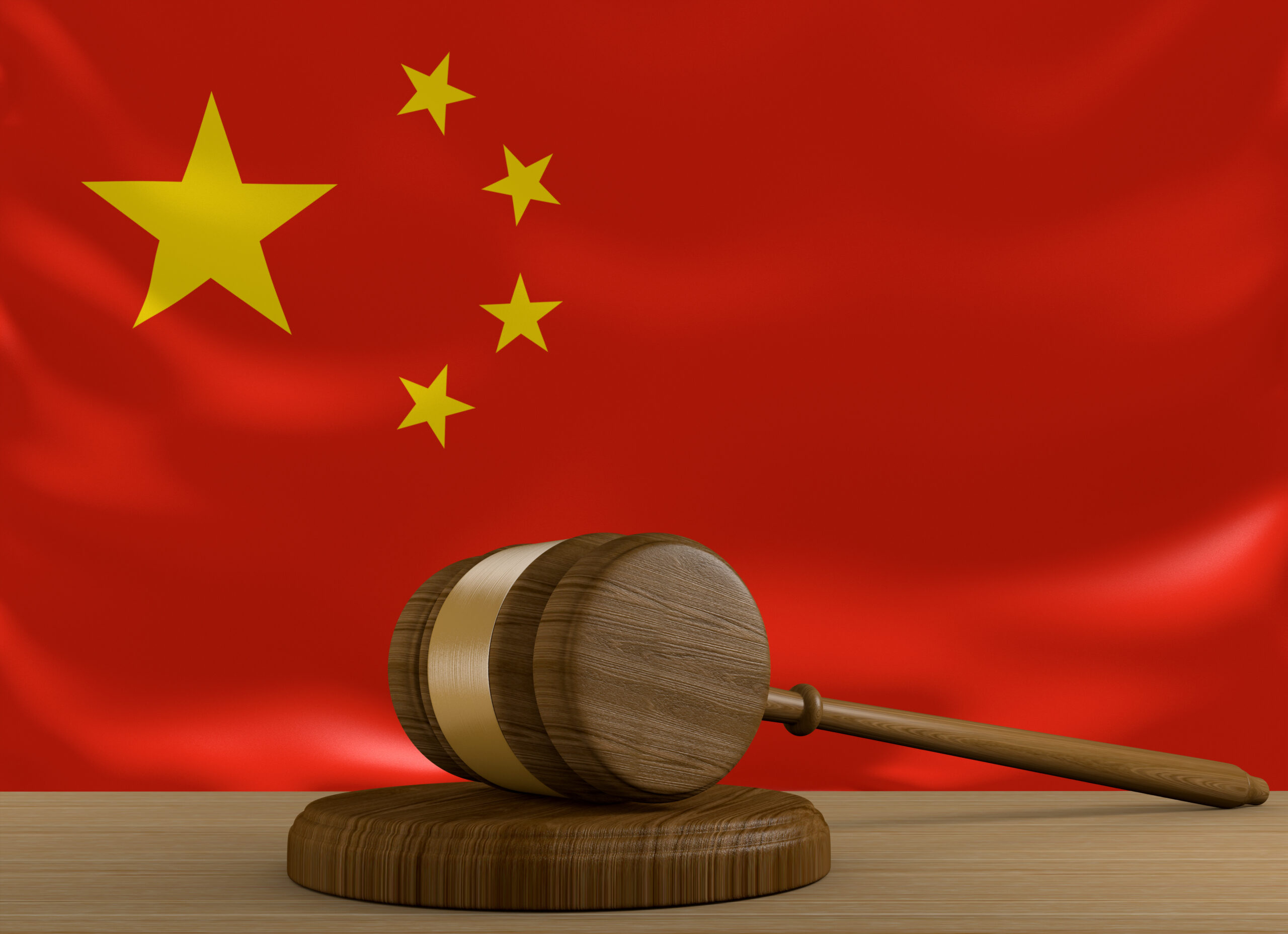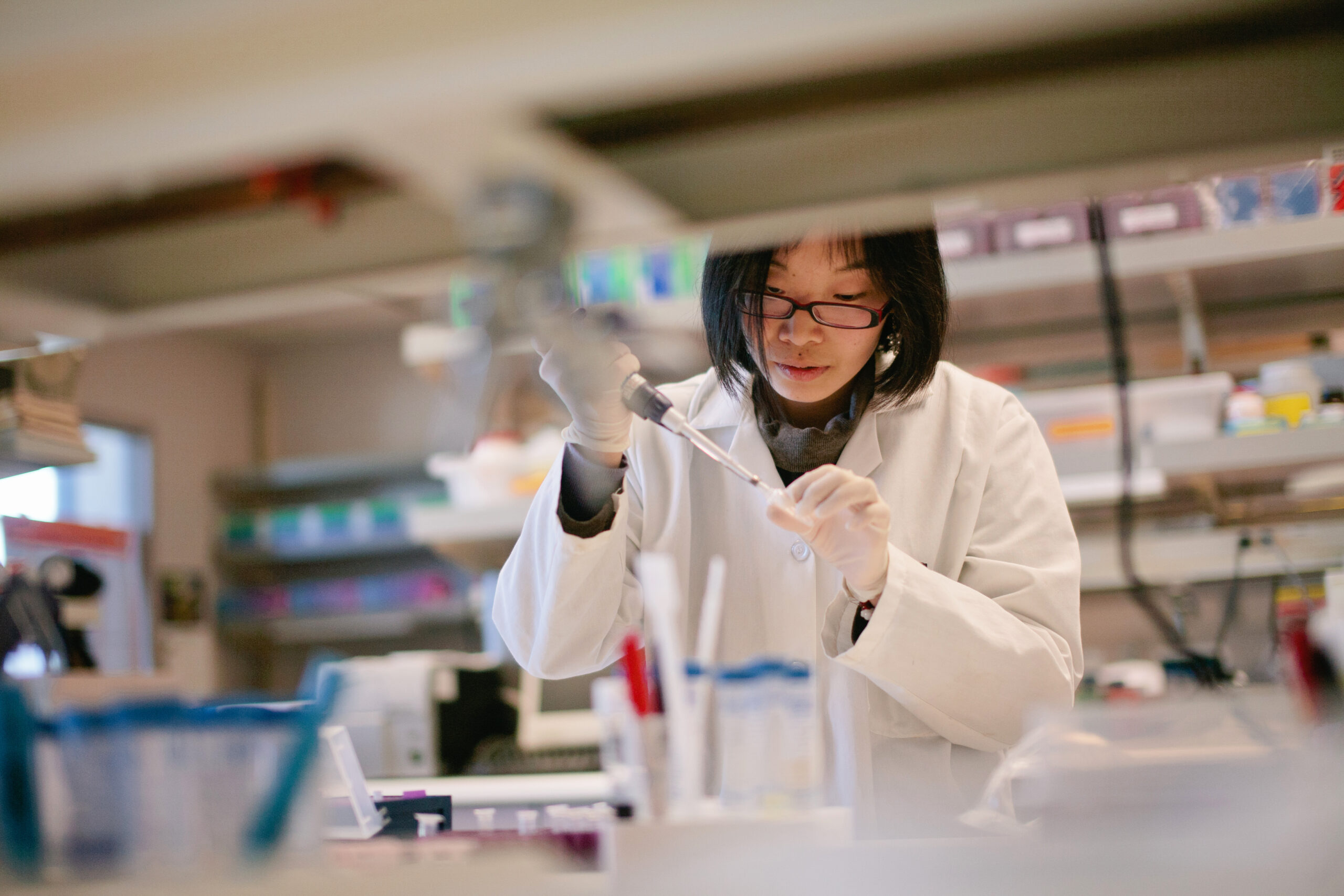The regulatory landscape in China has considerably evolved during the last few years, increasing the challenges for those trying to keep up with the latest trends, but also creating new opportunities for well-prepared companies. The changes in regulations affect different sectors, but healthcare and life sciences in particular, since they are two of the most encouraged industries currently in China.
In this article, we will explore the latest regulatory changes in China and how they affect healthcare and life sciences companies seeking to enter or remain in that competitive market.
new drug administration law draft
In 2022, China’s National Medicinal Products Administration (NMPA) issued a draft revision to the Regulations for the Implementation of the Drug Administration Law of the People’s Republic of China (the “DAL Regulations”). This draft revision was necessary due to the large number of amendments and rules to the DAL Regulations made since its inception in March 2019. This way, the draft revision contains not only the scattered rules and principles found in various normative documents, but also introduces a number of provisions that have not been explained or clarified in the original DAL Regulations.
Once promulgated, the draft revision will encourage licensing transactions of innovative pharmaceutical products across borders, both in early and late stages of development, says Katherine Wang, a partner in the law firm Ropes & Gray.
In the next sections, we highlight the most relevant changes for healthcare and life sciences companies.
China joins the ICH
In 2017, NMPA joined the ICH (the International Council for Harmonization of Technical Requirements for Registration of Pharmaceuticals for Human Use) as a full regulatory member. With its membership, China pledged to gradually transform its pharmaceutical regulatory authorities, industry, and research institutions to implement the international coalition’s technical standards and guidelines.
In practice, the adoption of ICH standards also facilitates the entry of new drugs into China, overcoming the need for duplicate clinical trials, since the clinical data generated in other ICH territories will be bilaterally accepted across Chinese and international regulatory authorities.
The NMPA draft revision of the DAL Regulations reinforce that China will further adapt to international rules, as well as formulate relevant guiding principles for drug development in China.


research and development activities
The new revision draft, once enforced, propose to extend the reach of DAL Regulations over the border. This means that if undertaken with the purpose of obtaining a marketing application in China, drug research and development activities must comply with the requirements of Chinese laws, regulations, rules, standards, and specifications, whether they take place inside or outside China.
This allows the NMPA to ensure drug safety in a globalized market for drug development, manufacture, and distribution. Since China is now part of the ICH, this task is somewhat facilitated. However, the Chinese Good Clinical Practice (GCP) and Good Manufacturing Practice (GMP) are not fully harmonized with the international standards, so this requirement may create additional compliance burden on international pharmaceutical companies.
change in definition of “new drug”
One small but important detail is the definition of what constitutes a “new drug” in China. Before the revision draft, “new drug” was defined as a drug that had not been marketed in China previously, which was not consistent with other regulations. The State Council Opinions on the Reform of the Review and Approval System for Drug and Medical Device of 2015 (the “2015 Opinions”) states that a new drug was one that was new worldwide, and not only in China.
With the implementation of the draft revision, the definition of new drug as being new only in China will be removed, making it consistent with not only the 2015 Opinions, but also the regulations pertaining to patents.


data and market exclusivity
Currently, the DAL Regulations foresee a period of 6 years of data exclusivity for clinical trial data and other relevant data for new chemical entities, excluding biologics. The draft revision proposes that the six-year data protection remains in place for innovative, orphan, and pediatric drugs, as well as introducing a 12-year period of data protection for innovative therapeutic biological products.
Of note, regulatory data protection and patent protection have been a considerable area of concern for research and development departments of pharmaceutical companies trying to enter (or already in) China’s market. Other regulations regarding patents (such as the PRC Patent Law of 2021) acknowledged patent linkage, and the draft revision reaffirms the operating mechanism for compulsory licenses for drug patents.
As for market exclusivity, the draft revision introduces provisions for market exclusivity regarding orphan, pediatric, and generic drugs, which would be given marketing exclusivity periods of 7 years, 12 months, and 12 months respectively.
encouraging innovation
The DAL draft revision supports pharmaceutical innovation in various aspects, including in fundamental research and development of original drugs with the goal of providing patients with better treatment options, marking a shift from “me-too” types of drugs to an encouragement of first-in-class or best-in-class drugs.
This is also reflected by the inclusion of the phrase “clinical value-oriented” in the draft revision, signalling a wish from the regulatory authorities to promote higher standard innovation in the field of innovative drugs, through the adoption of guiding principles or other means in the future, emphasizing the need to avoid the development of drugs with limited clinical value, prompting companies to choose their pipeline molecules with caution.

The changes in the Chinese regulatory landscape taking place over the last few years mean that the volume and pace of clinical trials in China will continue to increase. With the new DAL Regulations, marketing approvals will be faster, meaning that patients in China can have faster access to life-saving drugs, such as innovative treatments or advanced technology. In addition, the regulatory exclusivity protections offered to new pediatric drugs, new orphan drugs, and first-to-market generics will likely impact the competitive landscape.
For healthcare and life sciences companies, conducting more global clinical trials will add to the complexity of meeting highly volatile regulatory requirements. Shorter timelines, the demand for more robust proof of clinical evidence, and the subsequent growing need for technical files and regulatory submission documents, will undoubtedly impact their localization and linguistic validation needs.
At CQ fluency, our clinical teams are ready to partner with you and tackle these new challenges brought by a new regulatory landscape. Contact us to know how we can help.
